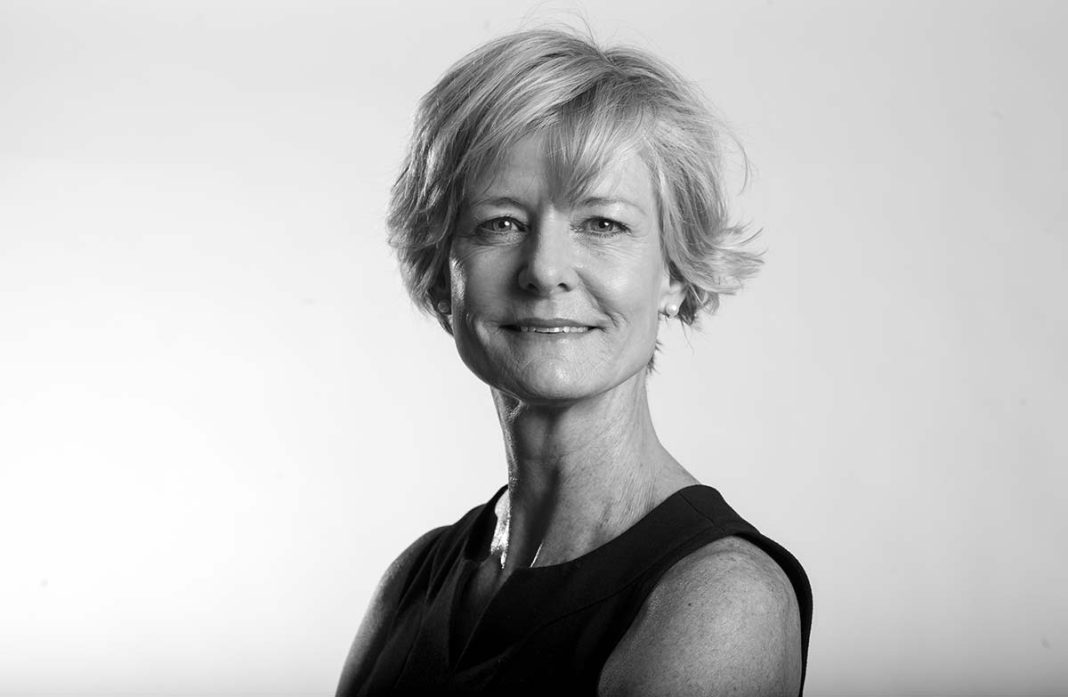From hotels to restaurants, residential to retail, the creative philosophy of Sims Patrick Studio – founded in 1999 in Atlanta by Libby Patrick, who leads the firm together with Jenny Rutledge and Melissa Wylie – stems from observation and exploration. Art, books, music, travel, history, nature and culture become inspirations for a refined, intimate approach to design that comes alive in hotels like The Grady in Louisville, Kentucky, the historic Bellevue Inn at Belleair, Florida, the Sonesta Resort at Hilton Head Island, South Carolina, or in “cabinets de curiosités” such as Bijou at the event BDNY. “We are explorers, researchers and observers. We find the story’s thread by searching everywhere – on our travels and here at home, in our inner creative worlds and recorded in books, music and art. For every project, it’s there; we only have to look.” The founder Libby Patrick talks about the studio with IFDM.design.

Lakeside Food Court, New Orleans, USA
When did you start Sims Patrick Studio and how do you define your design philosophy?
Does the solution meet the goals of the narrative?
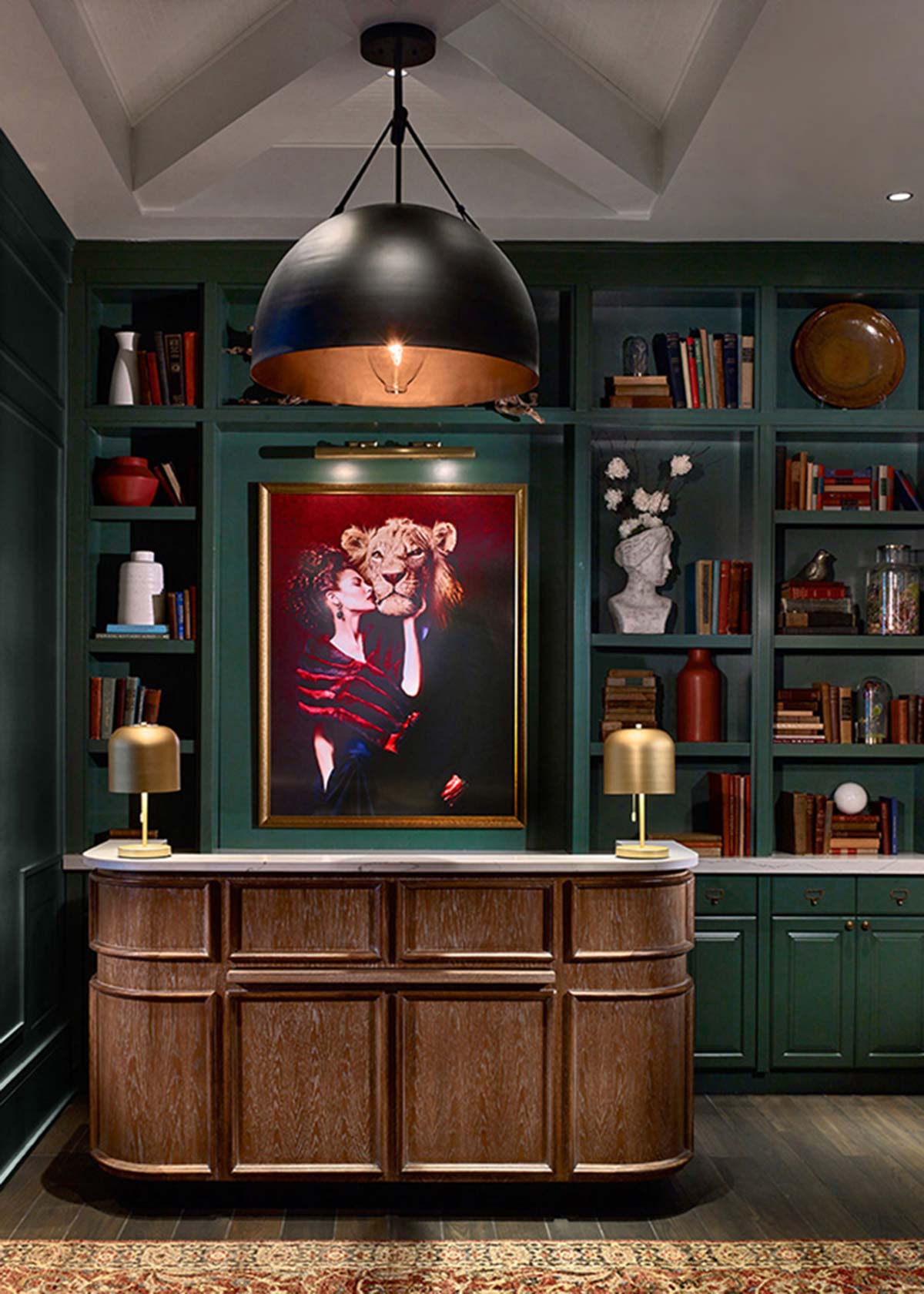

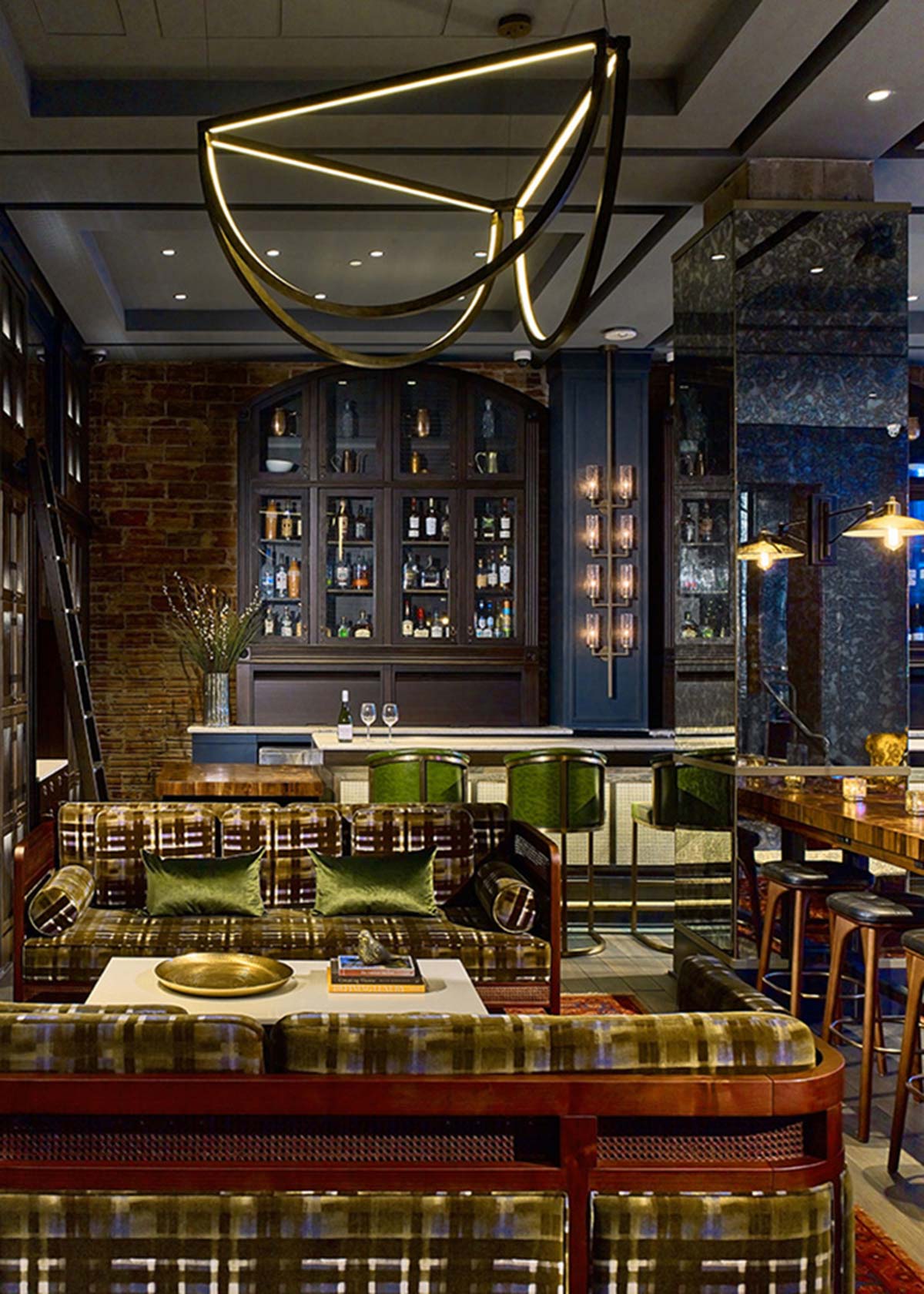
Glenn Hotel, Atlanta, USA
From the hospitality world – bars, restaurants, hotels, spas – to the luxury world – residential, retail… is there a common fil rouge or a representative element that defines your creative vision?

The Grady Hotel, Louisville, USA

Important names such as JHM Hotels, Paramount Hospitality Management, Hilton, Marriott, Sonesta, Hyatt are your clients. How did you start these collaborations?
The world of hospitality experience has changed a lot in recent years. What are the most impactful differences to the interior design practice?
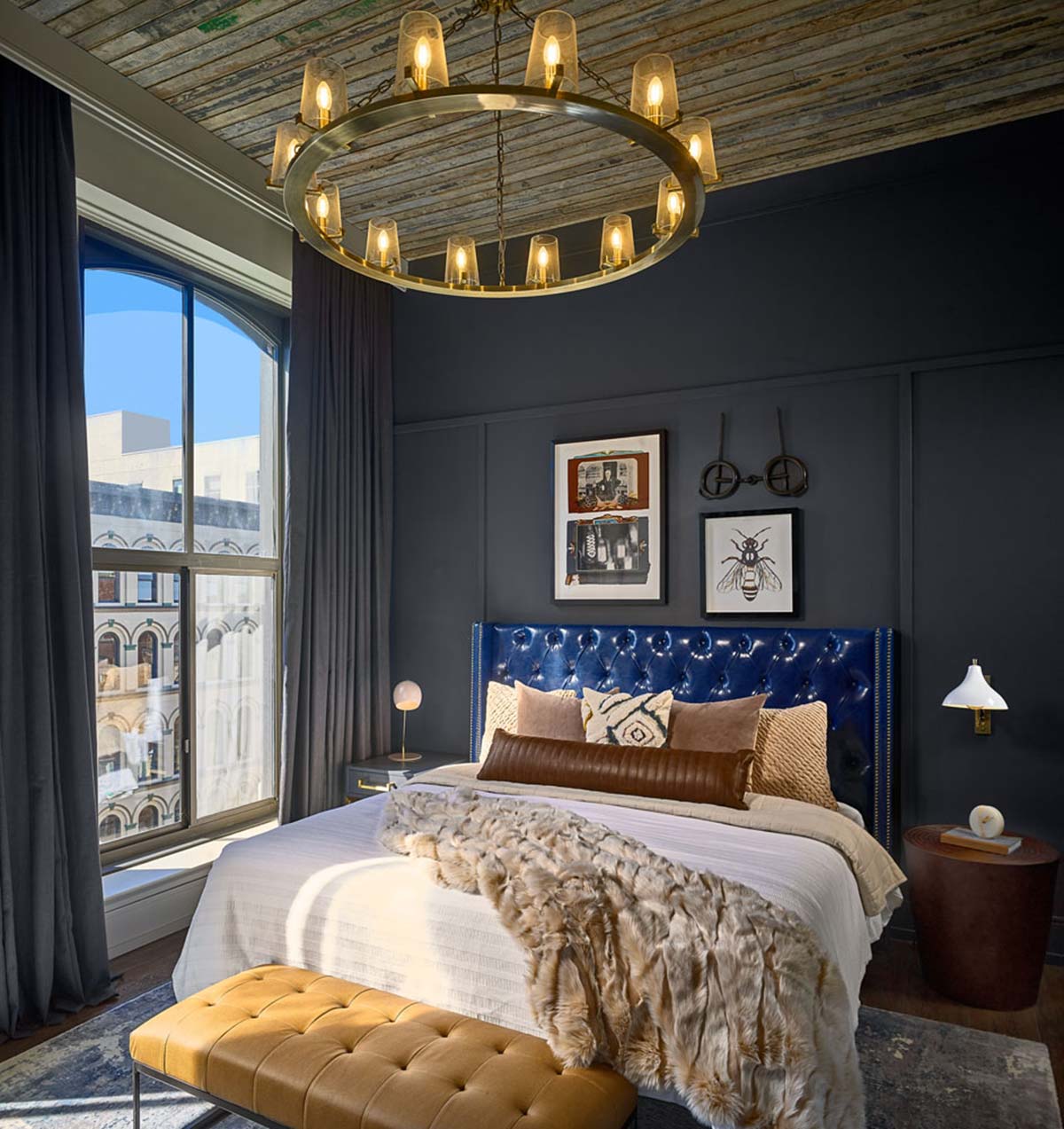
The Grady Hotel, Louisville, USA
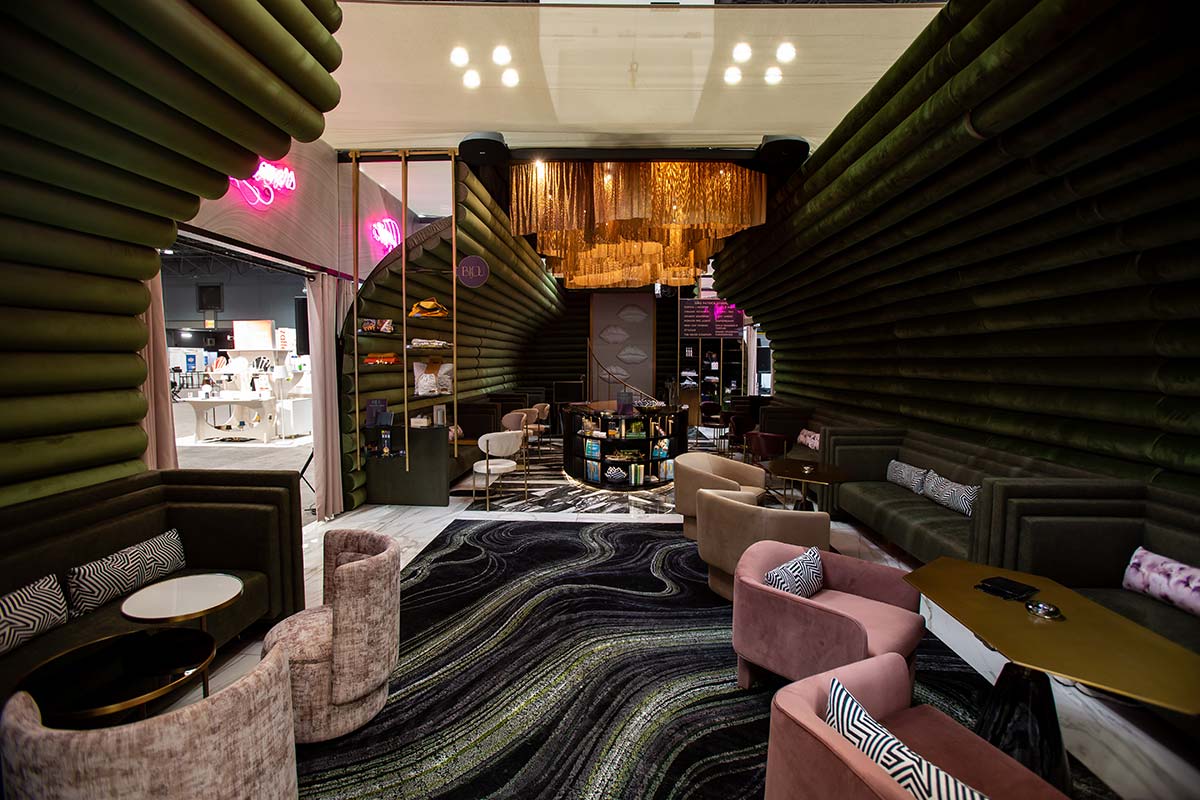
Bijou, BDNY 2021
Color is a fundamental element in your designs. How do you select colors and how does this play a role in your projects?
All your creations have a certain elegance like the “Bijou” realized for BDNY 2021, a space where you have recreated a futuristic speakeasy. Can you tell us about this concept?

Bijou, BDNY 2021
What were your inspirations for this spectacular “box of curiosity?”
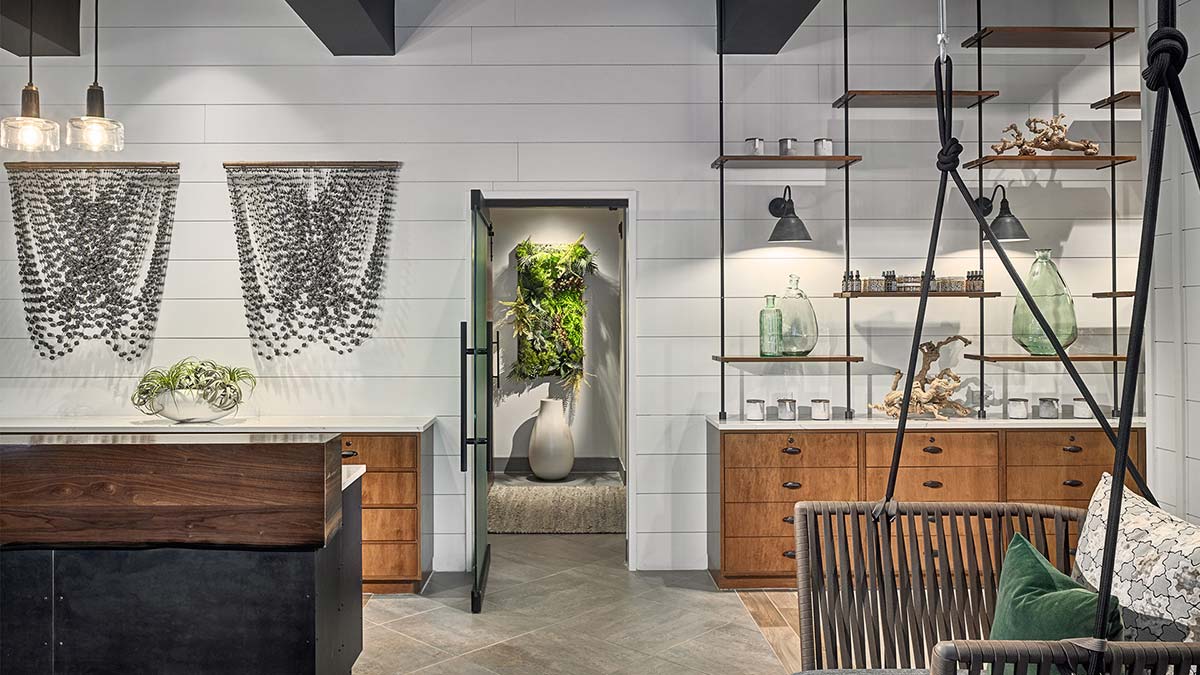
Grand National Spa, Opelika, USA
What design are you working on now?

